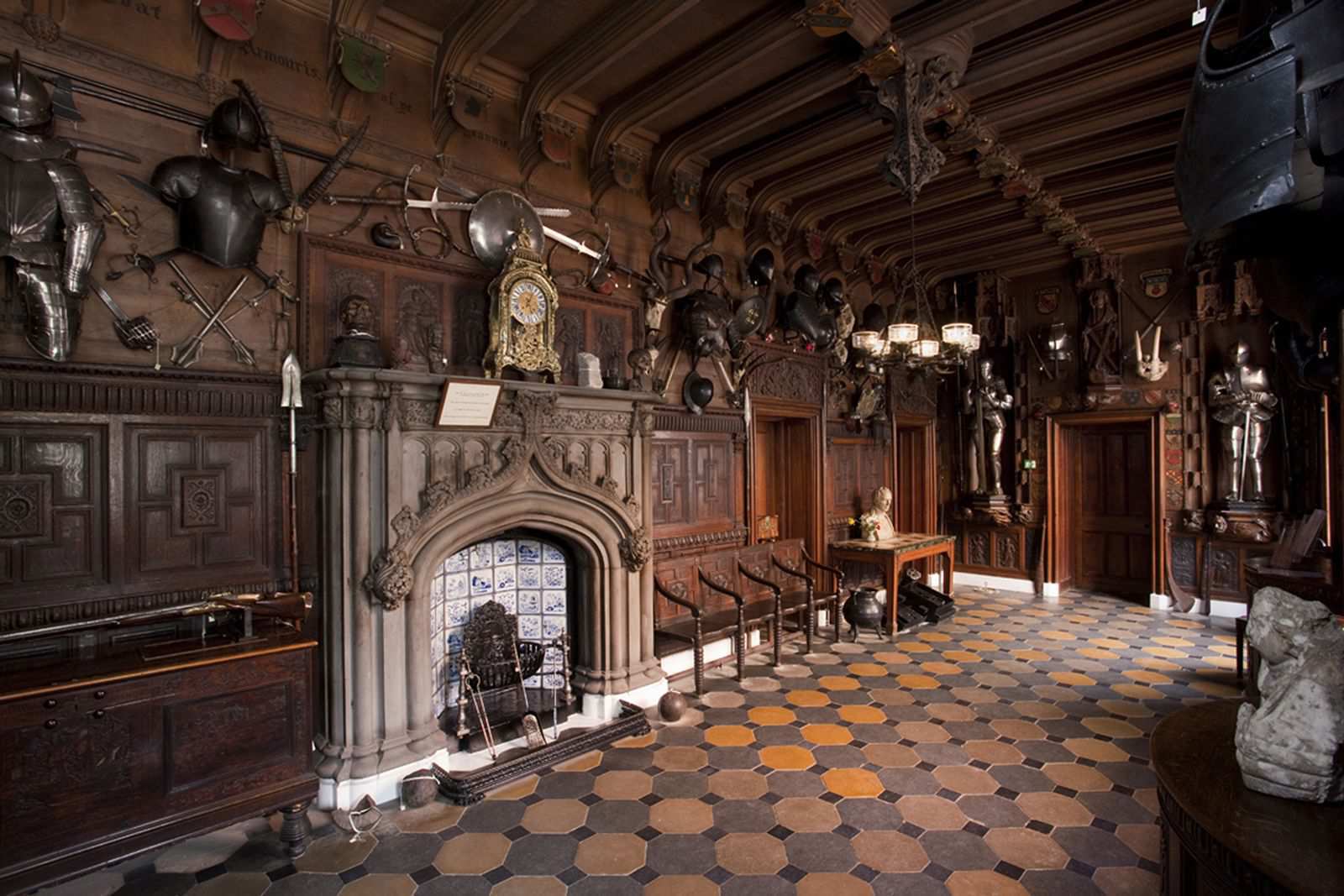The Khonds, also known as the “Wild Tribes” withdrew to the forests of Orissa, India in the 17th and 18th centuries to avoid contact with subjugating cultures, the later being the British. Their religion was based on worship of the Earth-Goddess structured around human sacrifice and cannibalism bases in the belief of blood as the life force and the sacrifice achieving a shared divine life. The sacrificed, known as meriah, were generally outsiders and had to be purchased to be worthy. Procurers from neighboring tribes provided a supply of victims who were purchased by the Khonds and cared for until needed for sacrifice which involved a twelve day preparation period of festive debauchery ending in the death by suffocation of the Meriah and consumption of the flesh. See the adjacent image of the post on which such sacrifices took place. The battle axe is the primary weapon of the Khond warrior and evolved into a finely balanced hacking and thrusting form suitable for defense and attack of their lightly protected adversaries including British soldiers. This example is 42” long and of the form shown by Stone, fig.199 #10. Its forged iron head is of moustache form, reinforced with a lineal ridge each side. The mounts are brass, intricately modeled to emulate woven split cane and the upper haft is protected against cutting with an iron spine, lashed with brass wire. The tip is mounted with a small iron spear point. Excellent early example.















